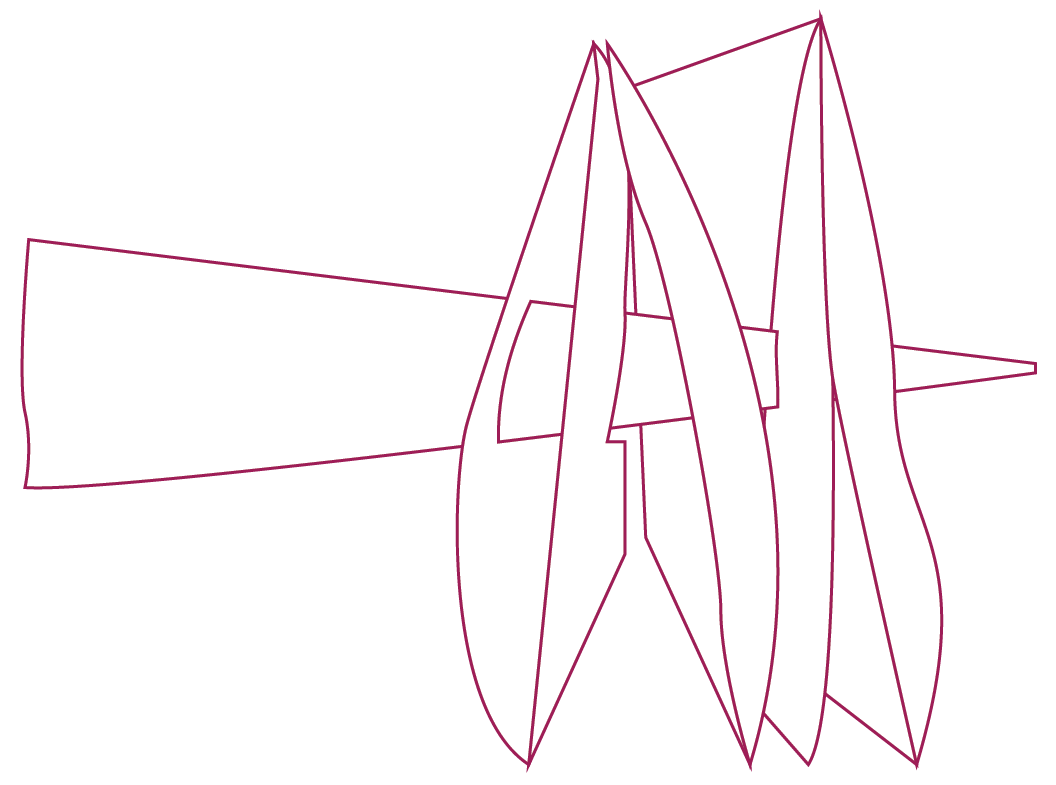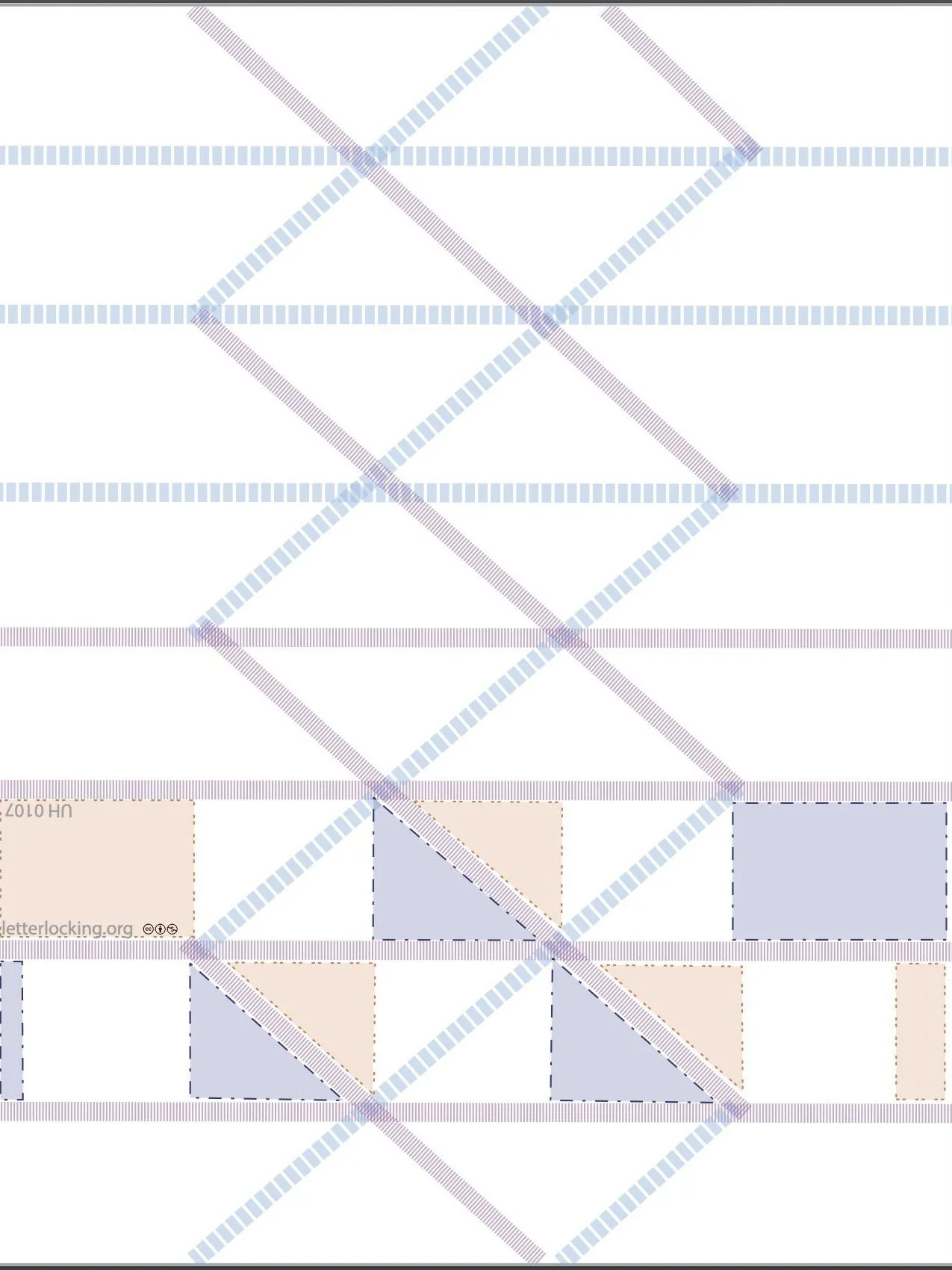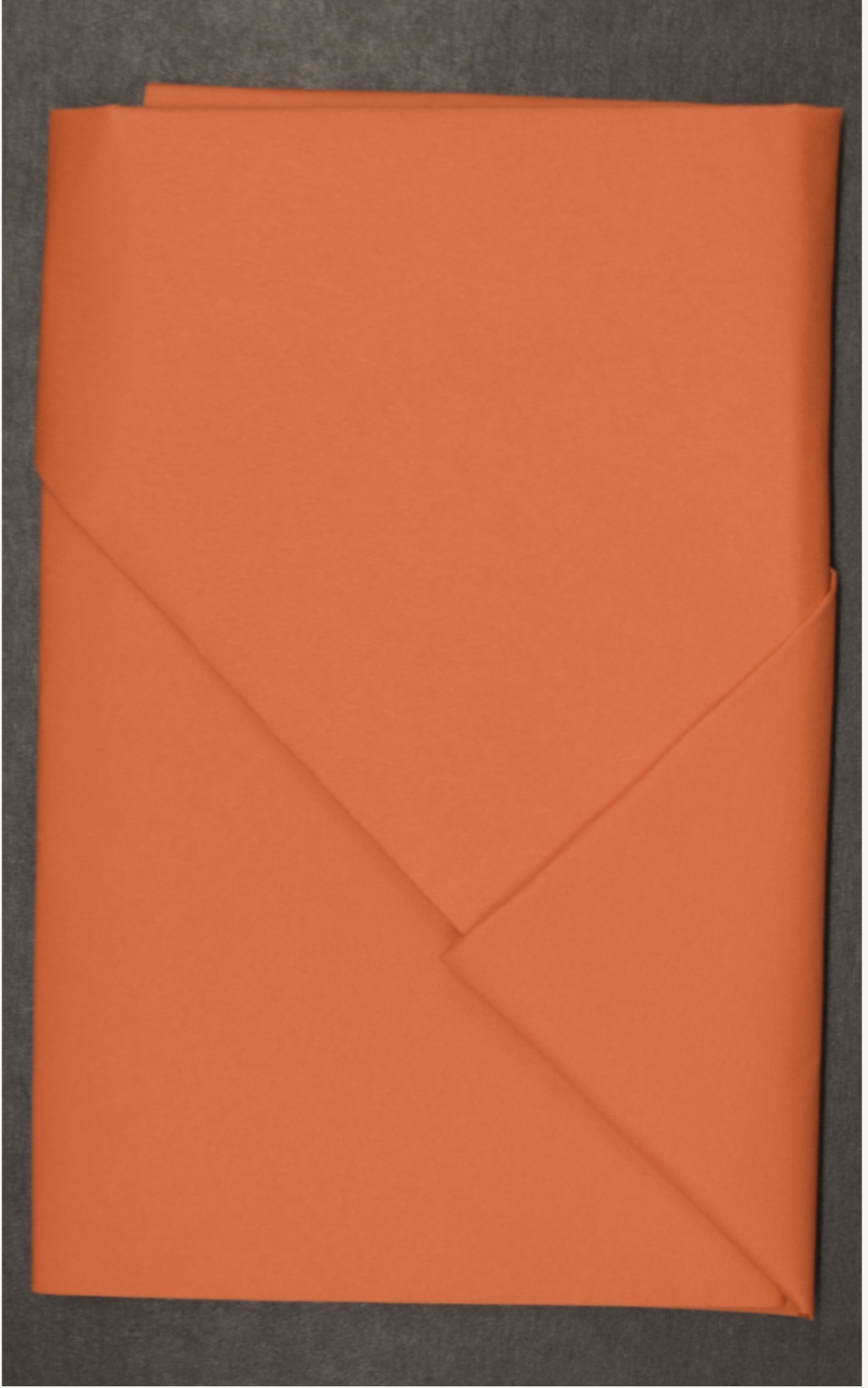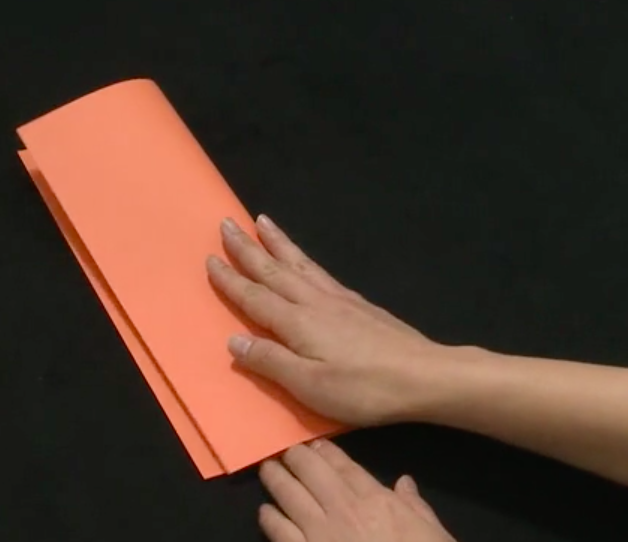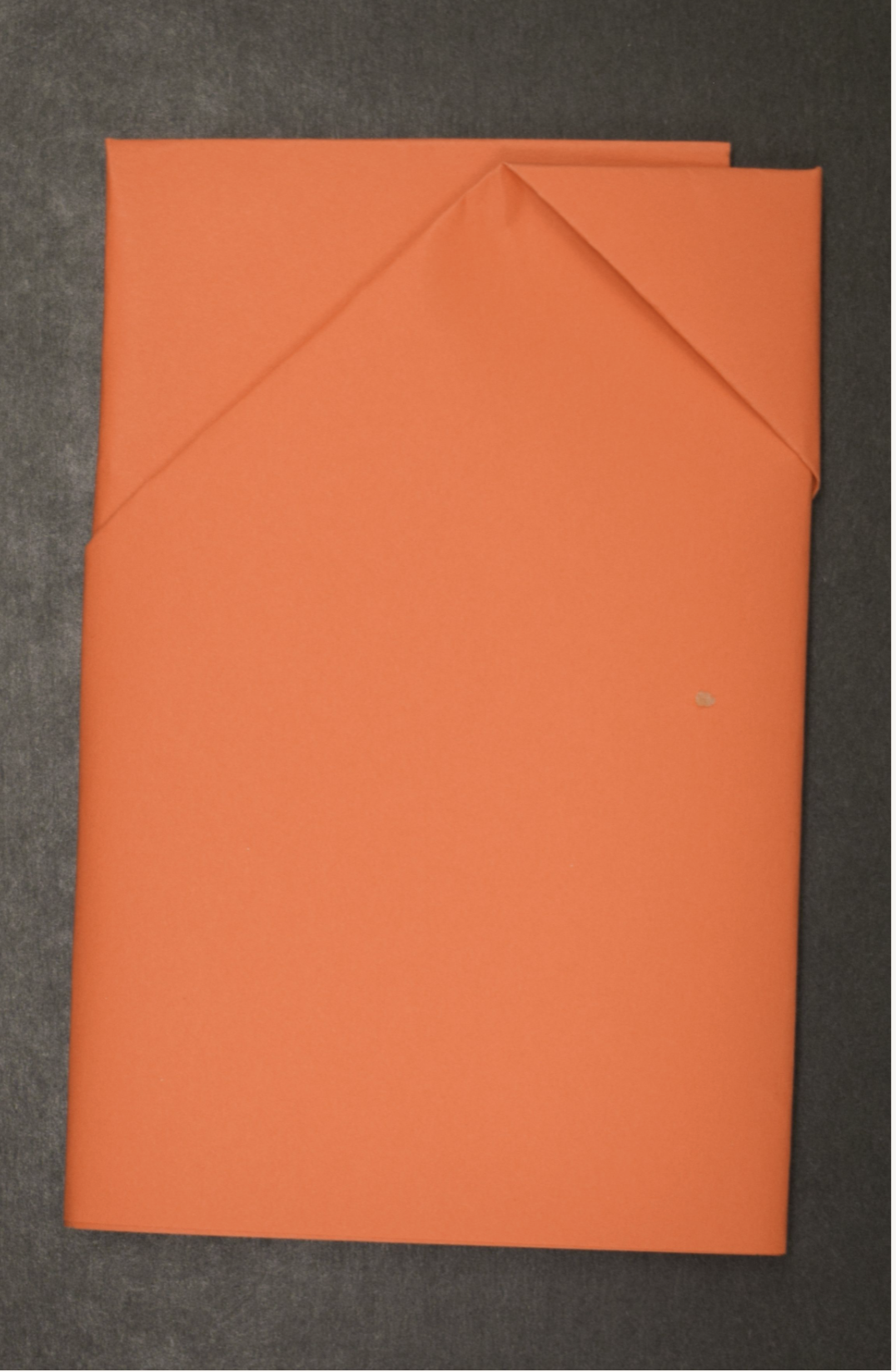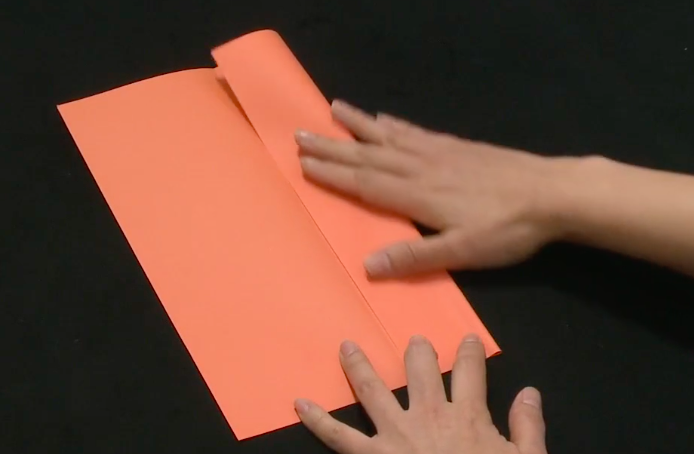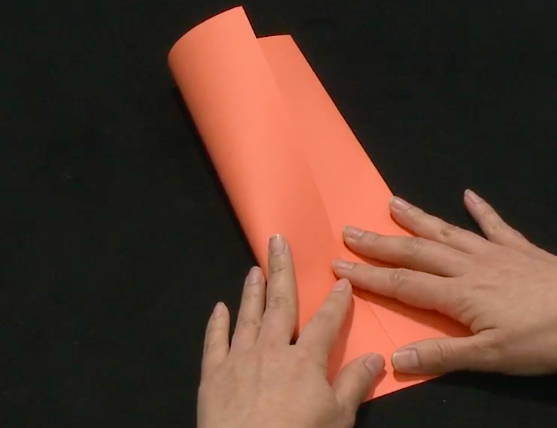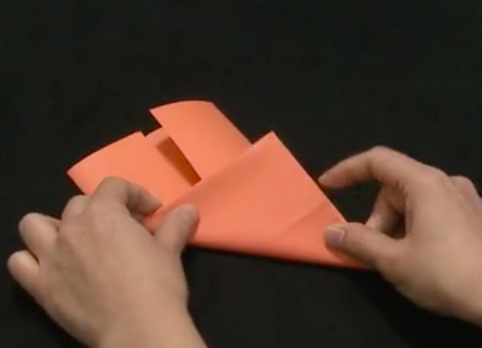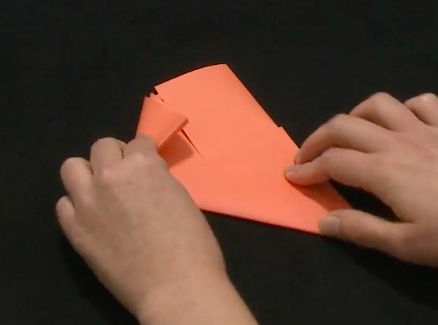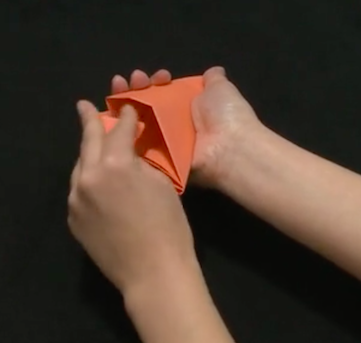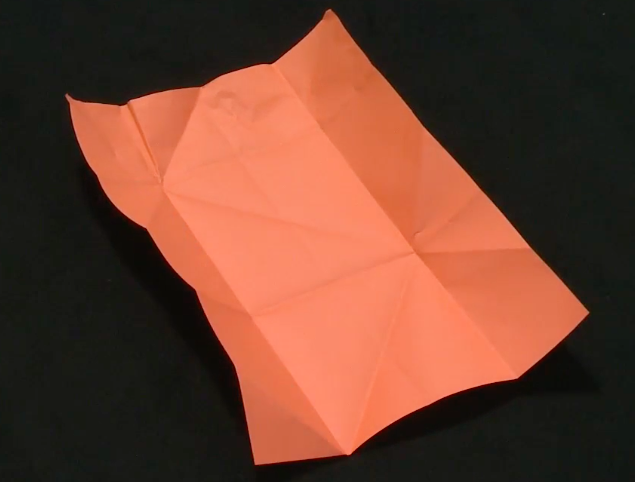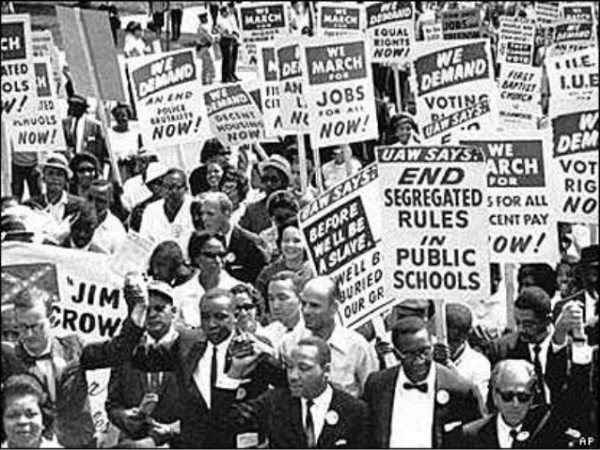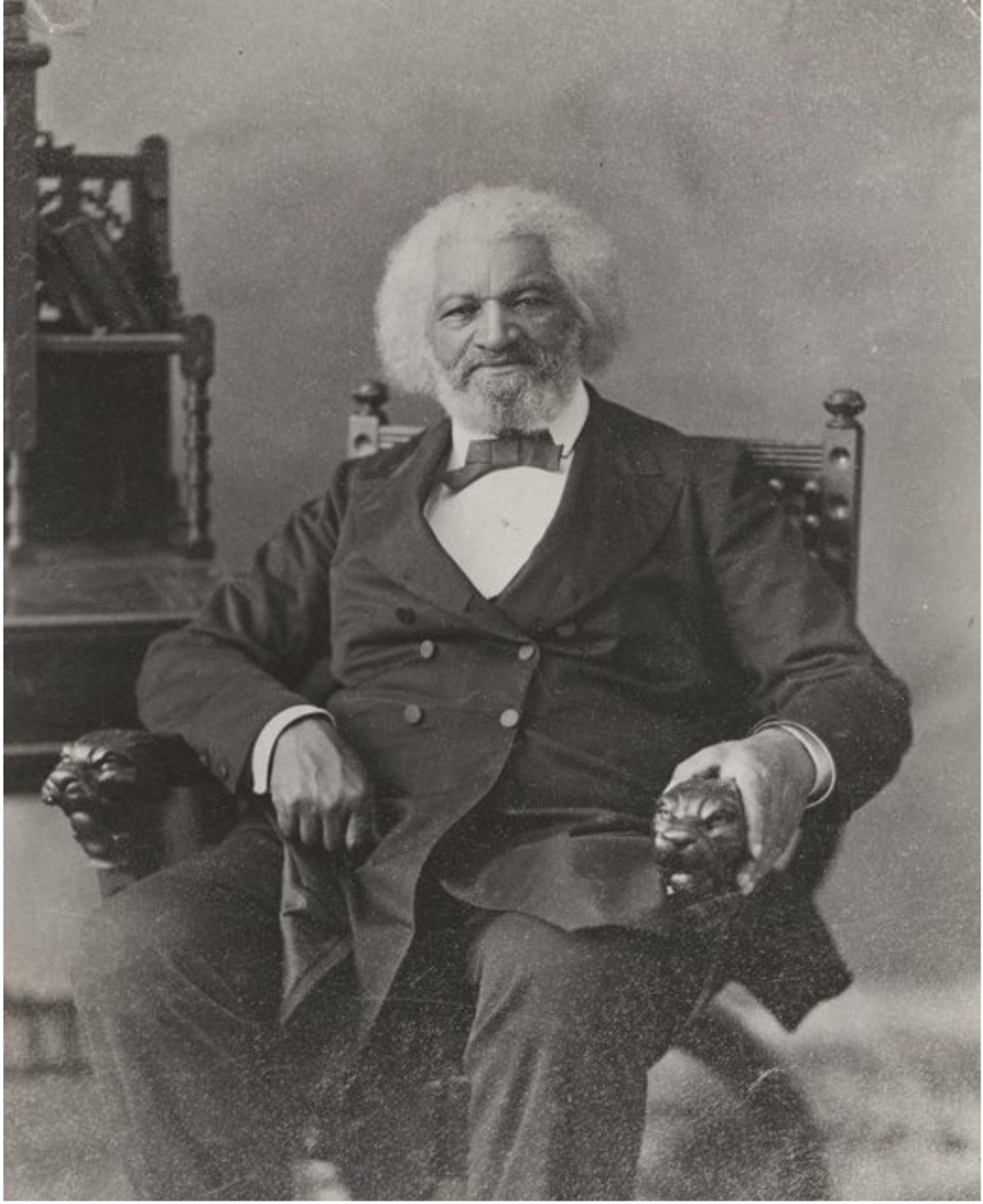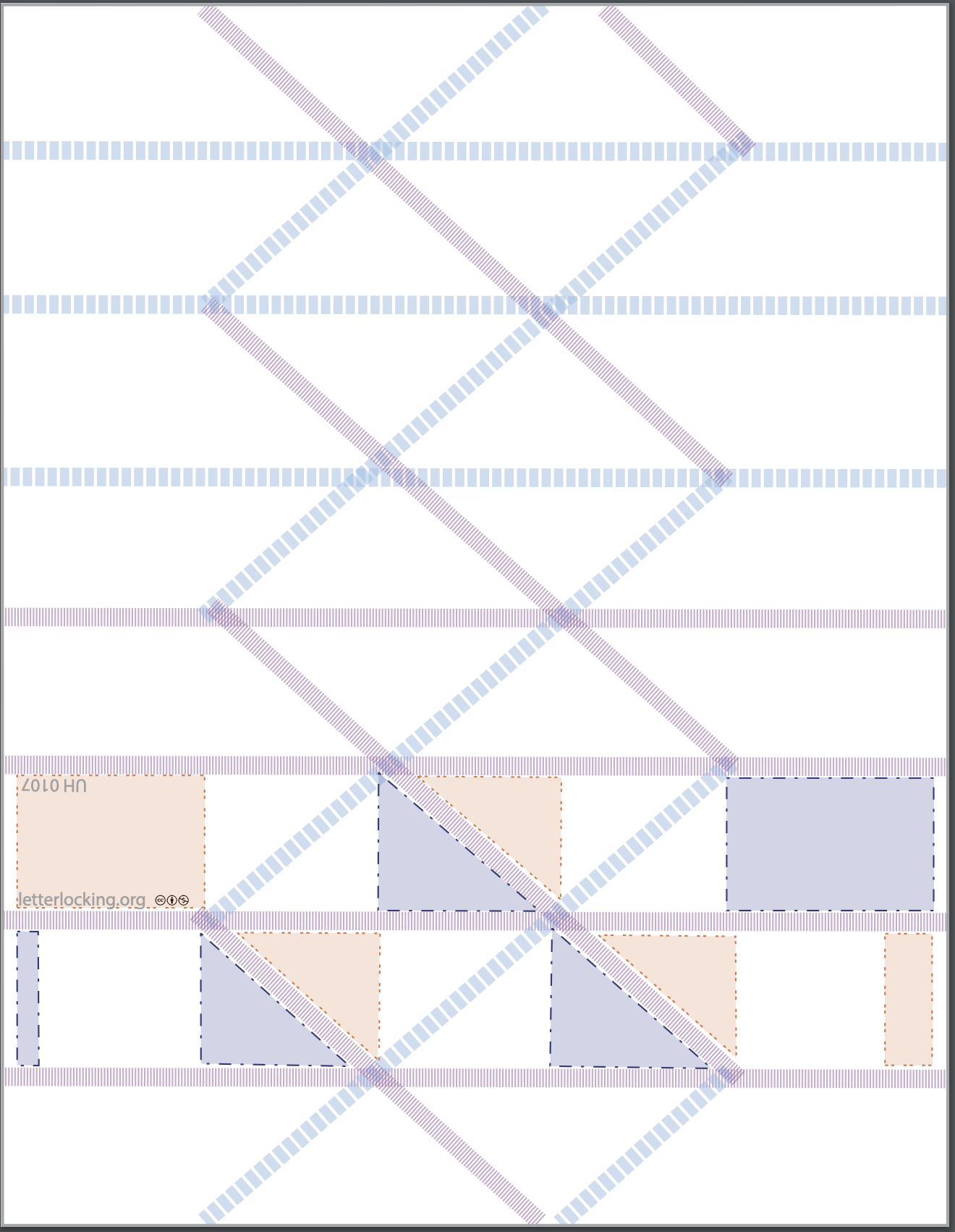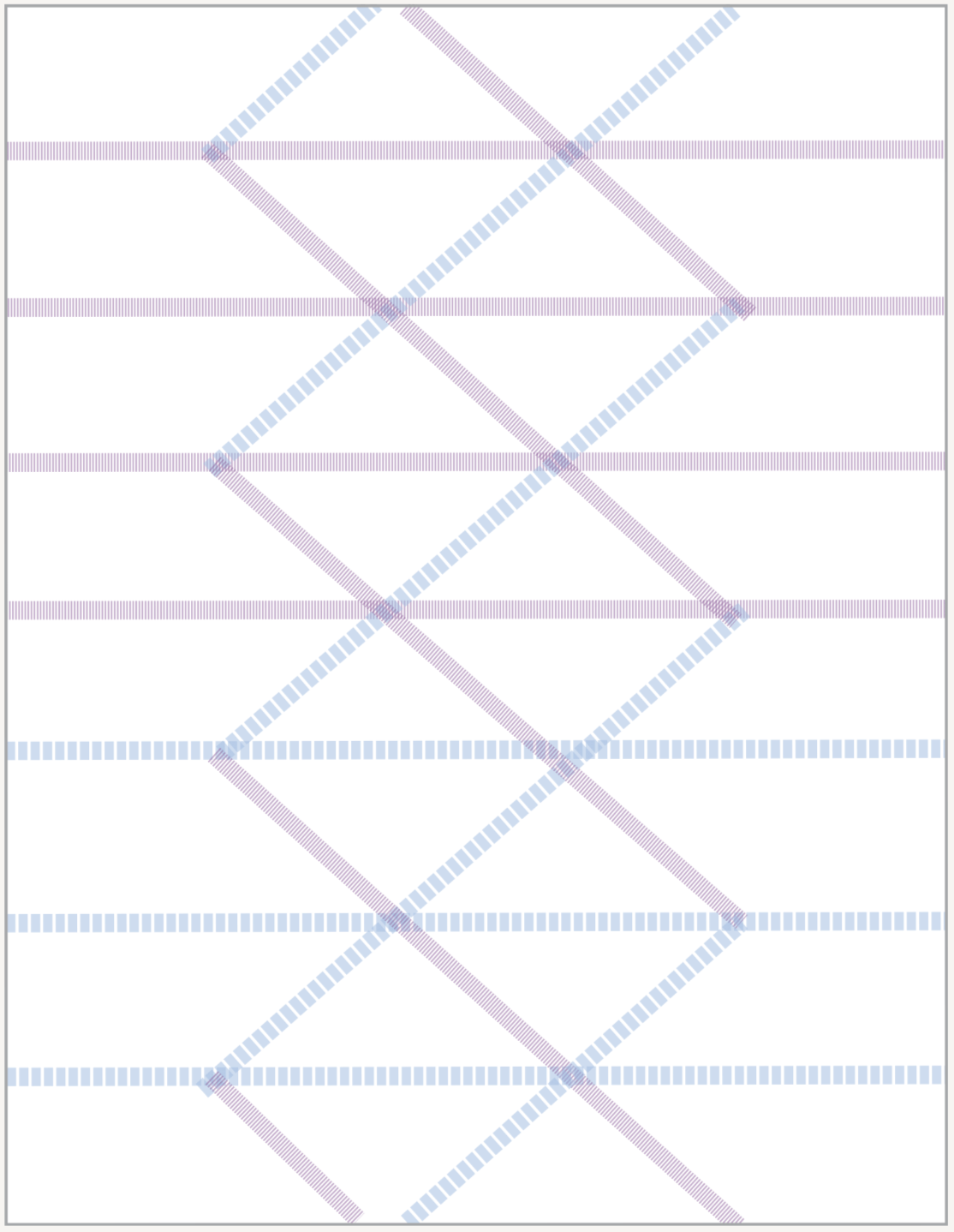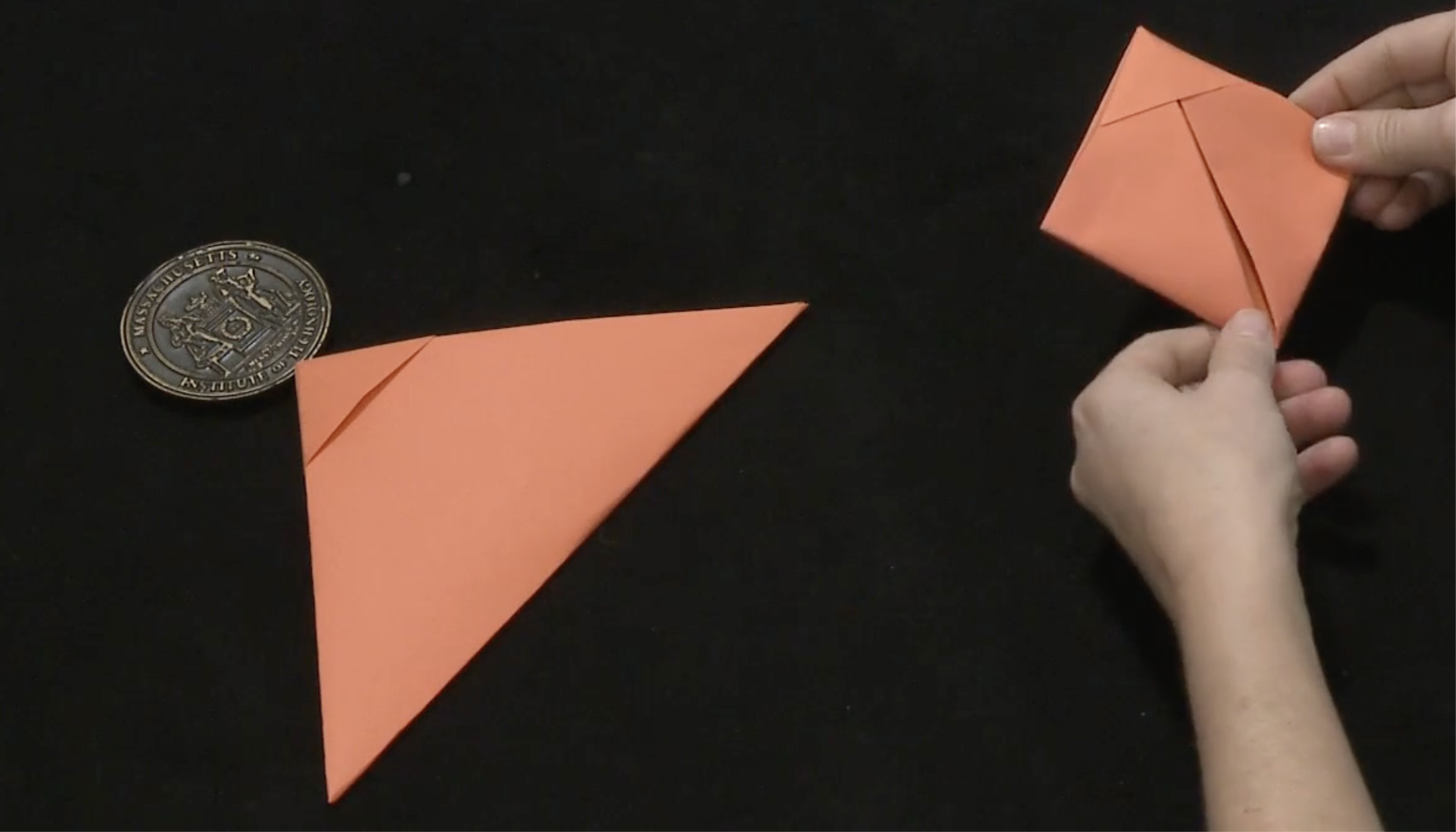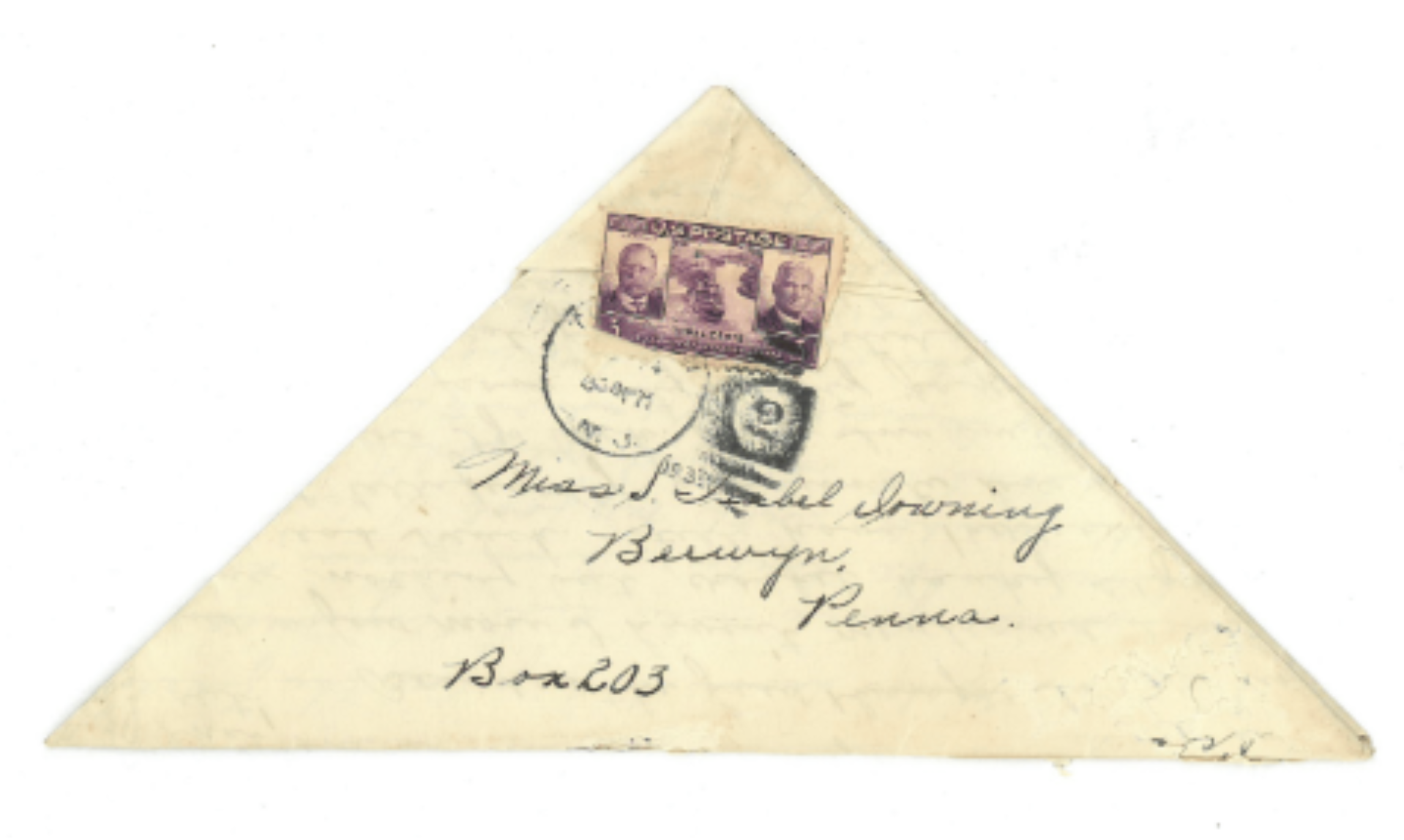Searching for historic original locked letters
We are the Unlocking History Research Group and we search for letterlocking (link to letterlocking main page with definition) traditions around the world and across all time periods. Will you help us find more?
Our intention is to locate original versions of historic letters and study them to bring their letterlocking techniques to light. So far we have looked at more than a quarter-million letters in archives around the world. But we know there is much more letterlocking information out there.
Often, the words of an individual are so powerful they can appear to carry the writer’s entire message. We can learn a lot about the circumstances of a letter writer by the way they secured their correspondence for sending. Letterlocking evidence is preserved in the paper or substrate the person used to write the letter, not in their words. When a letter gets transcribed and the original discarded, information about the context of the composition can be lost. Preserving the physical evidence of the original letter helps to place the writer’s narrative directly into a moment in history.
Preserving the original locked letters helps understand the writer’s intent. How they folded the paper, what type of paper they had access to, what color Inks they used, and, of course, crease patterns, postal evidence, and sealing wax all help to tell a story. Elements of letterlocking innovations can be found in all sorts of places, including some of the most important letters of our times.
We are searching for four types of letters with specific letters we would like to find.
New kinds of letterlocking, especially from time periods, geographic regions, or cultures the Unlocking History Research Group has not yet seen.
Letters which have not been conserved and therefore preserve clear evidence of the locking and/or unlocking process. Letters which have never been opened are ideal!
Handwritten letters that we only see now in their transcribed and printed form, for example, Dr. Martin Luther King, Jr.’s Letter from a Birmingham Jail "The Negro is Your Brother" (1963).
Dr King’s letter from Birmingham Jail, “The Negro is Your Brother” (1963)
Letter from Frederick Douglass to Harriet Tubman
Letters by conductors and associates? of the Underground Railroad
Letterlocking methods described in written documents, preserved in paper-folding traditions, or by word-of-mouth which do not yet have actual physical examples.
Japan and Korea – diamond-shaped letterpacket
Italy – pinwheel-shaped letterpacket
Japanese – hexagon-shaped letterpacket
Japan – triangle-shaped letterpacket
Japan and Korea – nonagon-shaped letterpacket
Spain – hexagon-shaped letterpacket
USA – “Mary Rowe” triangle-shaped letterpacket (see success story below!)
Handwritten letters that we only see now in their transcribed and printed form
We would like to locate the original papers that contain the letter to examine their folds.
Dr King’s letter from Birmingham Jail, “The Negro is Your Brother” (1963)
In April 1963, Dr Martin Luther King, Jr. wrote one of the most influential texts of the American civil rights movement, his “Letter from Birmingham Jail” (or “... a Birmingham City Jail” or “The Negro is Your Brother” in some editions), which made the case for direct action as a form of protest. We have provided a link to the full text below. This open letter was printed in a newspaper, but it was initially composed by Dr King in his prison cell on scraps of paper, including the margins of newspapers, and was smuggled out by Dr. Clarence B. Jones. The letter was written without any note or research materials available, and the original texts could show signs of folding and creasing that stand as moving material testimony to the moment of the letter’s composition.
“A collection of papers showing Dr. Martin Luther King Jr.’s final revisions to his enduring essay, “Letter from Birmingham Jail,” was offered by Sotheby’s in 2006.ASSOCIATED PRESS”-Boston Globe
“King penned the civil rights movement's seminal texts while in solitary confinement, initially on the margins of a newspaper.” “Shortly after King’s arrest, a friend smuggled in a copy of an April 12 Birmingham newspaper which included an open letter, written by eight local Christian and Jewish religious leaders, which criticized both the demonstrations and King himself, whom they considered an outside agitator. Isolated in his cell, King began working on a response. Without notes or research materials, King drafted an impassioned defense of his use of nonviolent, but direct, actions.” -CNN
Listen to Dr. Clarence Jones describe how he smuggled out of jail the papers that contained Dr. King Jr’s letter.
Listen to Mrs. Willie Pearl Mackey King’s oral history on transcribing Dr. King’s notes smuggled out the jail, starting at minute 34:45 https://www.womenshistory.org/resources/general/their-own-words
Frederick Douglass to Harriet Tubman (1868)
We would like to locate the following original letter to examine their folds.
“Rochester, August 29, 1868
Dear Harriet: I am glad to know that the story of your eventful life has been written by a kind lady, and that the same is soon to be published. You ask for what you do not need when you call upon me for a word of commendation. I need such words from you far more than you can need them from me, especially where your superior labors and devotion to the cause of the lately enslaved of our land are known as I know them.
The difference between us is very marked. Most that I have done and suffered in the service of our cause has been in public, and I have received much encouragement at every step of the way. You, on the other hand, have labored in a private way. I have wrought in the day – you in the night. I have had the applause of the crowd and the satisfaction that comes of being approved by the multitude, while the most that you have done has been witnessed by a few trembling, scarred, and foot-sore bondmen and women, whom you have led out of the house of bondage, and whose heartfelt, “God bless you,” has been your only reward.
The midnight sky and the silent stars have been the witnesses of your devotion to freedom and of your heroism. Excepting John Brown – of sacred memory – I know of no one who has willingly encountered more perils and hardships to serve our enslaved people than you have. Much that you have done would seem improbable to those who do not know you as I know you. It is to me a great pleasure and a great privilege to bear testimony for your character and your works, and to say to those to whom you may come, that I regard you in every way truthful and trustworthy.
Your friend,
Frederick Douglass.” – Transcription found on the Blackpast.org website
Letterlocking methods attested to in written documents, paper-folding traditions, or word-of-mouth which do not yet have actual physical examples.
Have you seen historic letters with these crease patterns and letterpacket formats?
We have models of the following letters but we don’t have historic originals to reference yet.
Japan and Korea – diamond-shaped letterpacket
Italy – pinwheel-shaped letterpacket
Japanese – hexagon-shaped letterpacket
Japan – triangle-shaped letterpacket
Japan and Korea – nonagon-shaped letterpacket
Spain – hexagon-shaped letterpacket
USA – “Mary Rowe” Triangle-shaped letterpacket (see success story below!)
Success Story
The "Mary Rowe" Triangle Letter (1930s)
An “in search of” model made in 2014 of a triangle-shaped letterlocking format known to be used in the United States in Connecticut in the 1930s. The Rowe Triangle. The Unlocking History Research Group found an example of this category variation for sale online, verifying the use of this format in the USA in the 20th-century. A locked letter from the 1930s, Pennsylvania, USA, Unlocking History Materials Collection.
Individuals in Japan, Europe, and later in the USA sent triangle-shaped and diamond-shaped letterpackets through their postal systems. This case study demonstrates how to begin to connect the letterlocking traditional “dots” across cultures and periods.
In the spring of 2014, an American professor, Mary Rowe, shared a locking technique she learned as a girl growing up in the 1940s in Connecticut. The method resulted in a triangle-shaped envelope. Shortly after this interaction, the authors traveled to The Netherlands to examine the Brienne Collection for the first time. The knowledge of the “Rowe triangle” helped to reverse-engineer ‘the diamond letter’ format, the Rowe triangle steps being the first few steps to create the Brienne diamond letterpackets. Rowe confirmed that her letter folded into a diamond-shaped envelope also.
This encounter shows the value in tracking locking traditions and the value of searching for historical examples based on those only remembered from memory.
The three historical Brienne Collection "diamond letter" formats lock using three different techniques. One is a 'fold +tuck' (no adhesive), the other used sealing wax. The third one may or may not have used a starch-based adhesive (see the section below) to secure the packets shut before posting. The diamond letter shows that letterpackets persisted alongside rectangular-shaped ones. Also, it is one of the first examples that connect little-known 20th-century letter-folding traditions in the USA to earlier ones used in Europe by lovers and prisoners of war writing in 1699. This 'diamond letter' format exists in Japanese origami traditions as the "square letter fold". Still, we have yet to find historic Japanese letter originals. One way to discover originals is to examine the crease patterns on opened letter substrates. For the diamond letters, the crease patterns consist of triangle-shaped and trapezoid-shaped panels.
